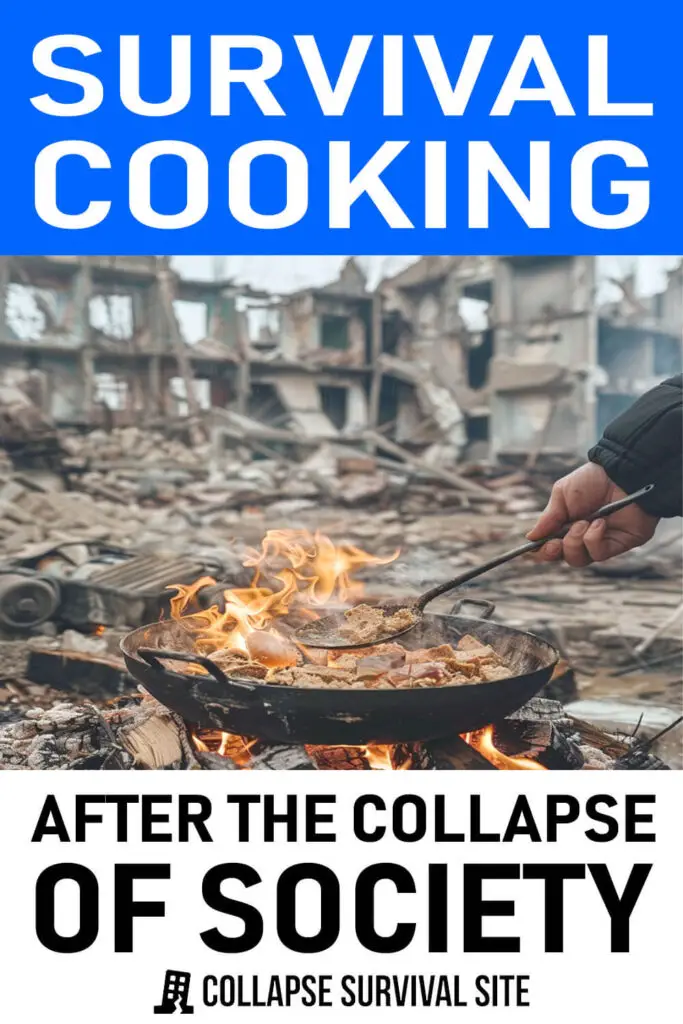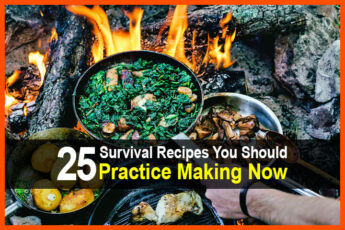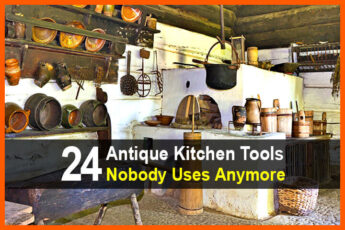Estimated reading time: 27 minutes
Have you ever thought about how you would cook food if society collapsed? Imagine no more stoves or microwaves or electric appliances of any kind. Would you still be able to cook a delicious meal for your family?
Many scientists are warning that the collapse of civilization is the most likely outcome. And they're not talking about the distant future. Some believe we only have a few more decades. This is why we need to start gathering supplies and learning skills as fast as we can.
One of the skills we need to learn is survival cooking. For anyone with a yard and even basic barbecue equipment like a kettle grill, you’ll at least have a head start. But for many people living in apartments or condominiums, options can be limited.
Another problem is that societal collapse is not a temporary disaster—it's permanent. So cooking with a propane grill might be great for now, but what happens when the propane runs out?
The same question applies to other off-grid cooking fuels like charcoal, white gas, or any fuel that will be in high demand after the supply chains fall apart. We're not saying you shouldn't stockpile fuel. Of course you should. But you should also learn other survival cooking techniques.
In this article, we'll explain everything you need to know about survival cooking after the collapse of society.
Want to save this post for later? Click Here to Pin It On Pinterest!
- Options for Off-Grid Cooking
- Fireplace Cooking
- Wood Burning Stove Cooking
- Pellet Stove Possibilities
- Open Fire Cooking
- Charcoal Grill Cooking
- Smoking
- Propane Gas Grill Cooking
- White Gas and Dual-Fuel Stoves
- Solar Reflector Oven Cooking
- Dakota Fire Pit for Stealth Cooking
- Soda Can Cookstove
- Hobo Stove
- Canadian Candle
- Off-the-Wall Off-Grid Cooking
- Off-Grid Cooking Tips and Tricks
- Off-Grid Cooking Equipment
- Be Ready With More Than One Alternative
Options for Off-Grid Cooking
We’re going to look at a range of options for cooking off-the-grid. Some are expected and everyday while others may be new to you. Here’s a list of what we’ll cover, and then we’ll get into some of the details and links to expand on each subject:
Your ability to use any of these cooking methods depends a lot on what’s available at your location. The good news is that across the range of possibilities, there should be at least one option or more you could improvise if you had no other way to cook and prepare meals.
Fireplace Cooking

Anyone with a fireplace has the ability to cook. What helps are a few simple pieces of equipment. There are fire grates specifically manufactured for cooking in a fireplace.
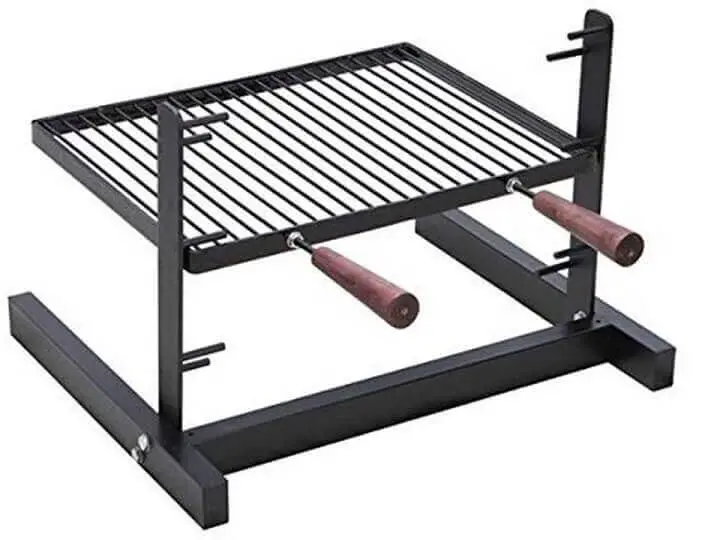
You can grill foods directly on the grate or use the grate to hold a pot or pan. When you’re done cooking, you simply remove the grate while leaving the stand in place if you need to maintain the fire for heat.
The only challenge with fireplace cooking is managing the heat. Fires tend to burn hot in a fireplace, so you may need to let the fire burn down to coals to avoid burning the food.
Wood Burning Stove Cooking

Wood burning stoves are usually used to heat a house, but what’s true with all wood burning stoves is that the top of the stove often gets very hot. That makes it a good place for a pot or pan for cooking.
Some stoves have a pioneer design with round metal plates on the top that can be removed to allow for custom fit pots and pans to fit in place. This allows the direct heat of the fire to hit the bottom of the pot or pan.
Even without the metal plate inserts, a wood stove can provide enough heat for cooking. True off-gridders have wood burning stoves designed for cooking including hot water heaters and ovens all fired by wood. That’s quite a convenience, and if you have one, your off-grid cooking tasks will be much easier.
Pellet Stove Possibilities
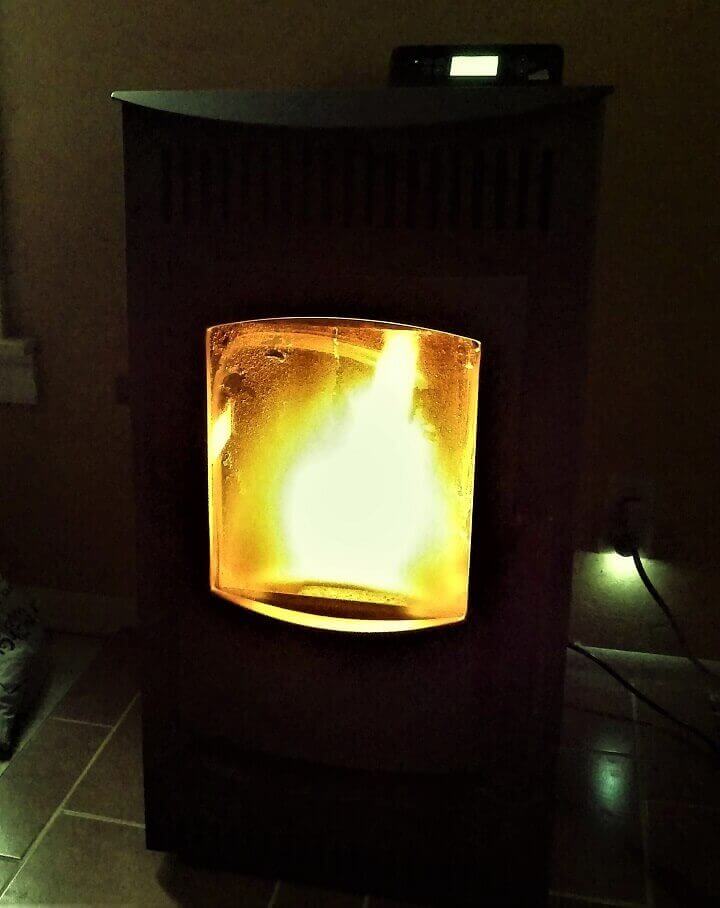
Pellet stoves also produce significant heat on the top of the stove. It may not get as hot as a wood burning stove, but hot enough to fry foods or at least boil water. It may take a little longer, but when options are limited, a little more time is a small price to pay.
Cooking soup or stew on top of a pellet stove is also an excellent option. The moderate amount of heat will maintain a simmer if a cast iron trivet is set under the pot.
Open Fire Cooking
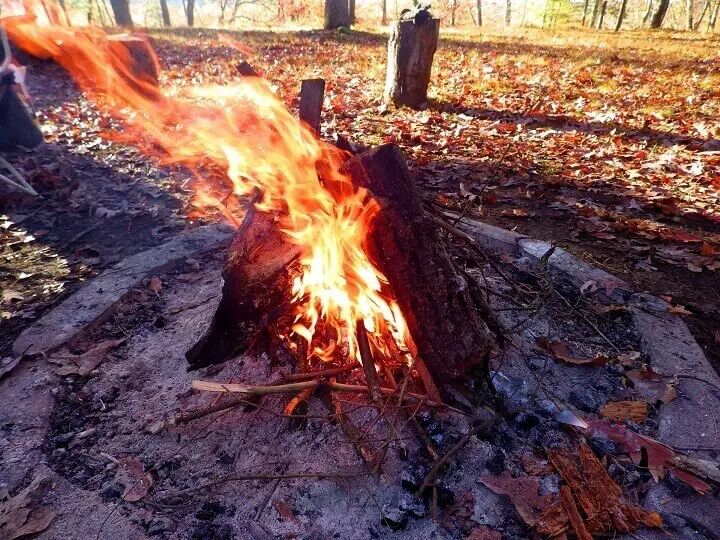
This cooking option has proven itself quite well over thousands of years. It assumes a ready supply of firewood or any other wood but it’s the simplest and most direct cooking style.
One thing that makes cooking over an open fire easier is a simple fire grate that unfolds over the fire.

With the grate in place, there’s ample room for multiple pots and pans and if it’s large enough, you can manage the heat with one side of the fire flaming hot while the other side is reduced to simmering coals.
Large pots are easily supported and the options are significant from fish boils to turkey frying, and you can even boil down maple sap to make maple syrup.
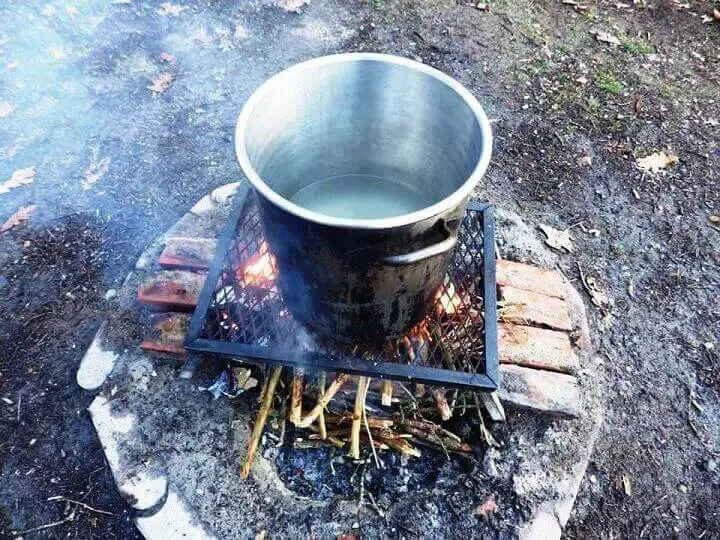
It requires an open space, an ample supply of firewood, and fair weather, but it’s the most direct option for cooking when the power’s out and you have limited options.

Charcoal Grill Cooking
A kettle grill for cooking over charcoal is common from backyards to apartment balconies, although some apartment buildings prohibit charcoal but still allow for a propane gas grill.
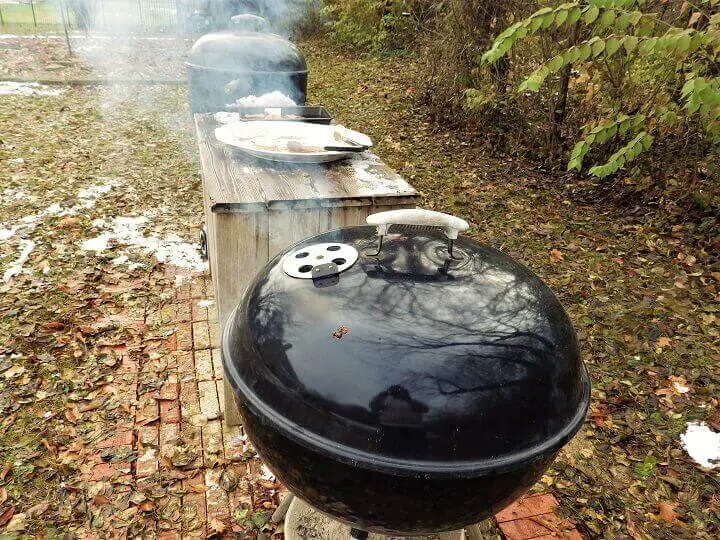
The good news with charcoal is that you can make your own charcoal if you run out. If that’s not possible, there’s nothing that says you can’t use conventional firewood in a kettle grill. You’ll just need to let the fire burn down to coals or you’ll have the same high heat problem you could have in a fireplace.
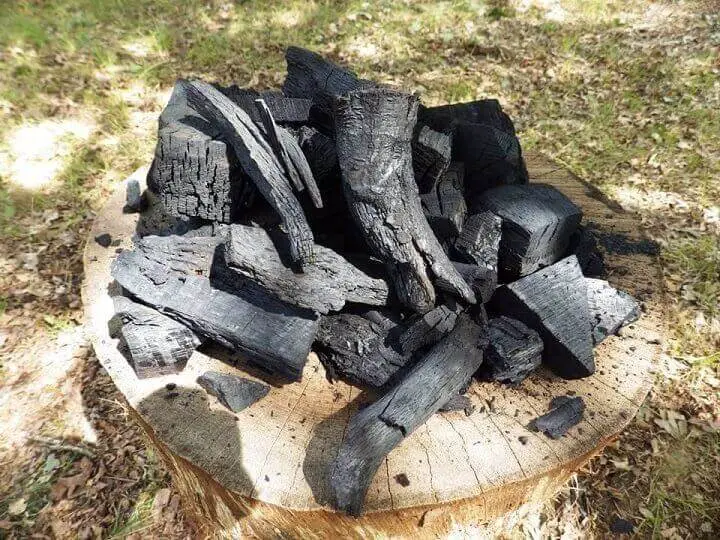
Any type of cooking is possible, from traditional grilling to boiling water for soups and stews and even baking in a Dutch oven.
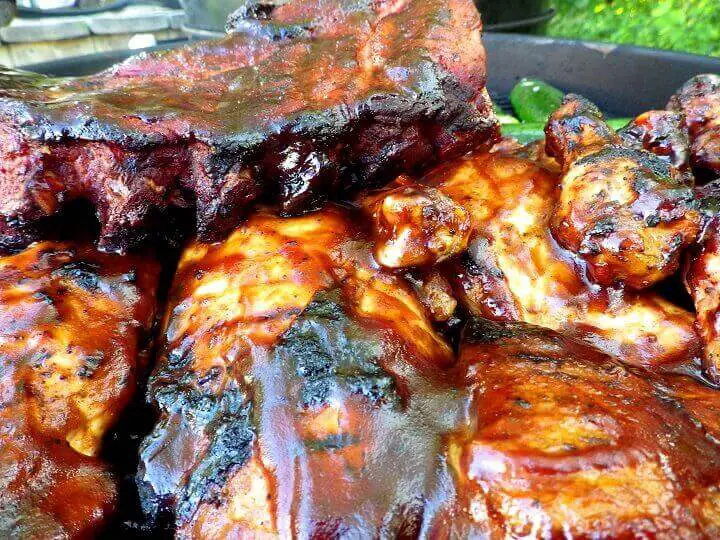
If you have more than one kettle grill, you could improvise an outdoor kitchen that will allow you to simmer a pot of perpetual soup while you use the other grill for barbecuing.

Smoking
You can smoke foods in any enclosed and contained area including a kettle grill, but a dedicated smoker makes the task easier.
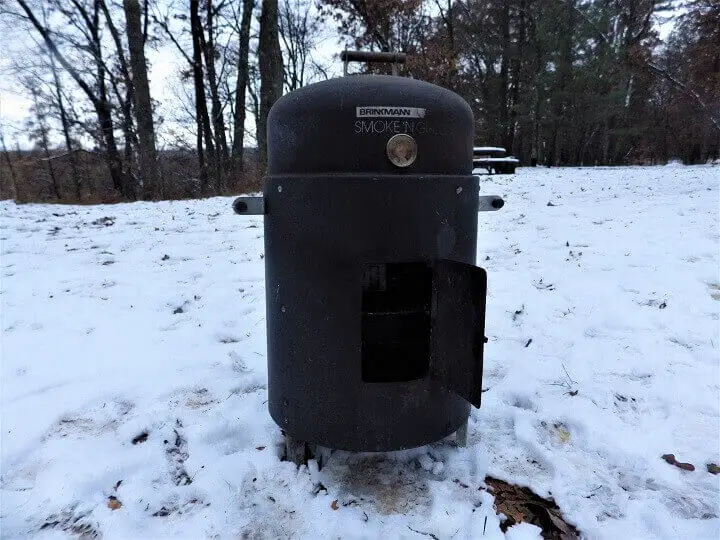
What’s good about most smokers is that removing the lid allows you to use the smoker like a conventional charcoal grill. An added benefit is that smoked foods last longer without freezing or refrigeration, especially if they’ve been brined before smoking.
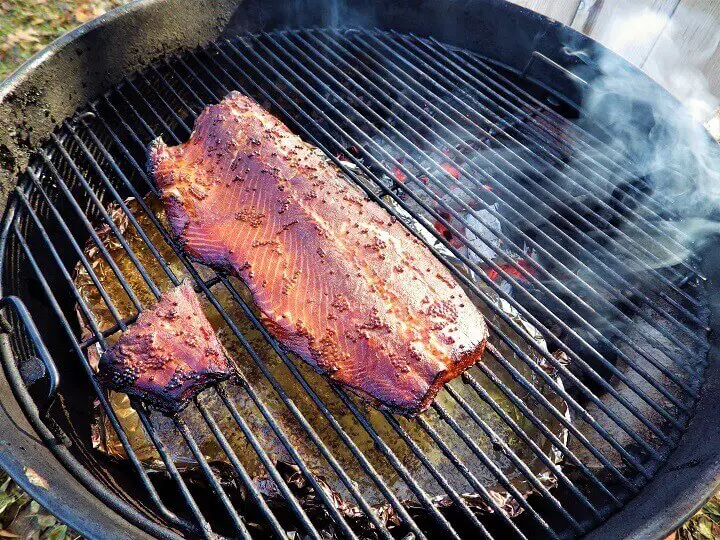
At a time when you’re depending on off-grid cooking its quite likely you’ll be without the convenience of refrigeration or freezing.
Propane Gas Grill Cooking
Propane gas grills have grown in popularity, and many models have a feature that makes them ideal for off-grid cooking: the side burner.
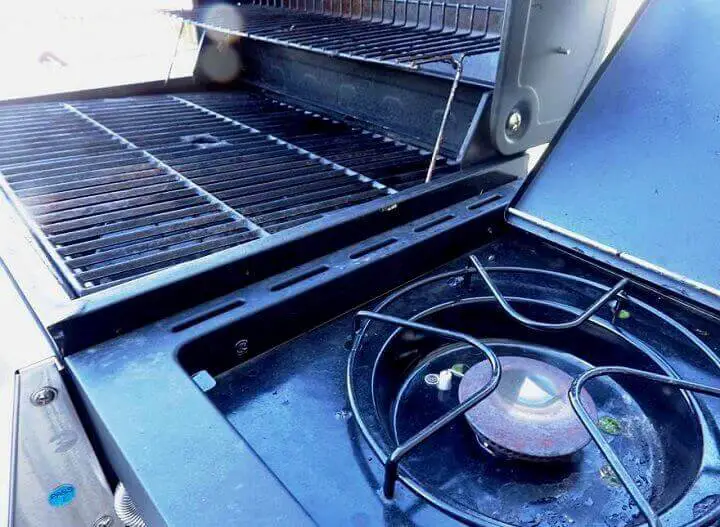
This essentially gives you a grill that cooks like an oven with a burner on the side for pots and pans. In a very simple way, it’s the closest you can come to an instant outdoor kitchen.
The obvious limitation is that we all eventually run out of propane, especially if we’re cooking every meal on the gas grill. Having an extra tank or two on hand helps, but the duration of any power outage may cause you to quickly consider other options when the gas runs out.
White Gas and Dual-Fuel Stoves
These stoves are popular with campers and burn either white gas or regular gas if they’re a dual-fuel model. They’re intended for cooking with pots and pans, and their portability makes them a good option if you need to vary your cooking location. One location where you should never use a camping gas stove is indoors.

The stoves give off carbon monoxide, and that’s always a very bad thing inside your home or apartment. If you have a choice between white gas and dual-fuel, go with the dual-fuel model. It burns either white gas or regular gasoline, and at a time when resources will be stretched thin, it may be harder to find white gas.
Solar Reflector Oven Cooking
If you have a Mylar emergency blanket or a good supply of tin foil, you can make your own solar oven. All you need is a sunny day and a little extra time and you can broil meats and vegetables and even boil water.
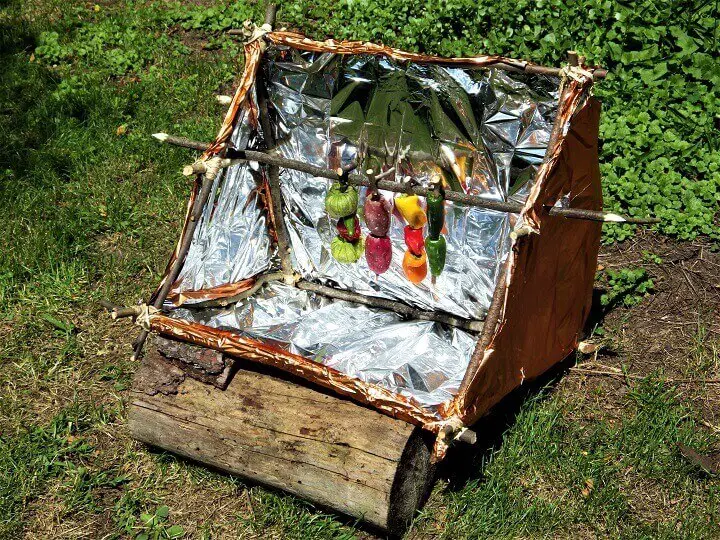
If you don’t have the time or inclination to make your own solar oven you can buy them online, but in an emergency it’s good to know you can improvise one. Solar reflector ovens are worth considering, especially if you live in an apartment and only have a balcony for improvised cooking.
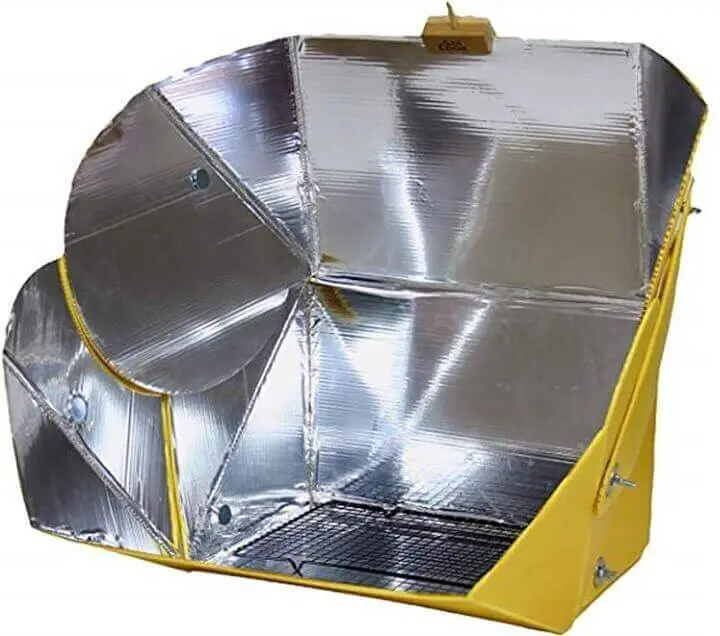
That assumes you have southern exposure but it’s a very safe style of cooking that gives off no wood smoke or carbon monoxide.
Dakota Fire Pit for Stealth Cooking
A Dakota Fire Pit is a hole dug in the ground with another hole angled towards the base of the pit to allow air to circulate down and around the fire.

One of the benefits of a Dakota Fire Pit is that the heat generated in the pit is very high and concentrated. This makes it ideal for cooking. Another benefit is that it is not as visible as most conventional fires.
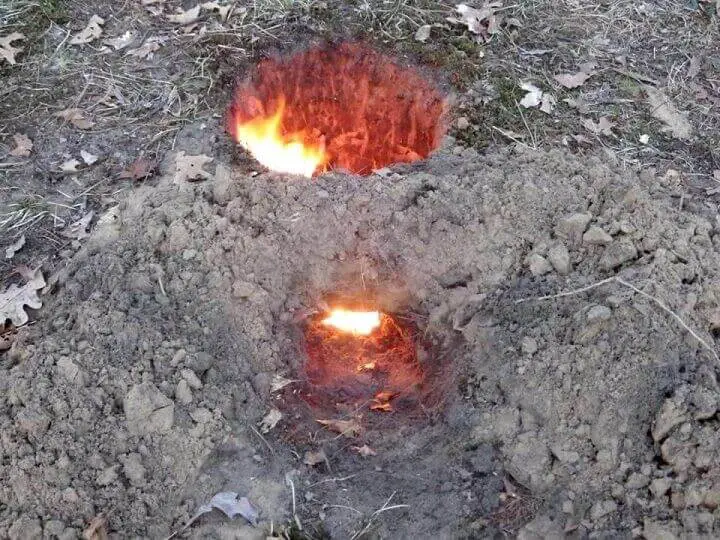
The fire in a pit gives it a very low profile that cannot easily be seen at any distance. This is one of the reasons it’s also called a “stealth” fire pit. It was first used in the Dakotas in the 1800’s by the U.S. Army to avoid attracting the attention of raiding war parties from native tribes.

If you’re worried about attracting attention while you cook, it’s a good option, but even if that’s not a concern, it makes a great fire for cooking.
Soda Can Cookstove
Think of this as a homemade Sterno stove. It uses a soda can packed with fluff and rubbing alcohol to produce a steady cluster of flames that can be used indoors or outdoors for cooking. It’s an easy do-it-yourself project, and any type of alcohol can be used from rubbing alcohol to vodka.
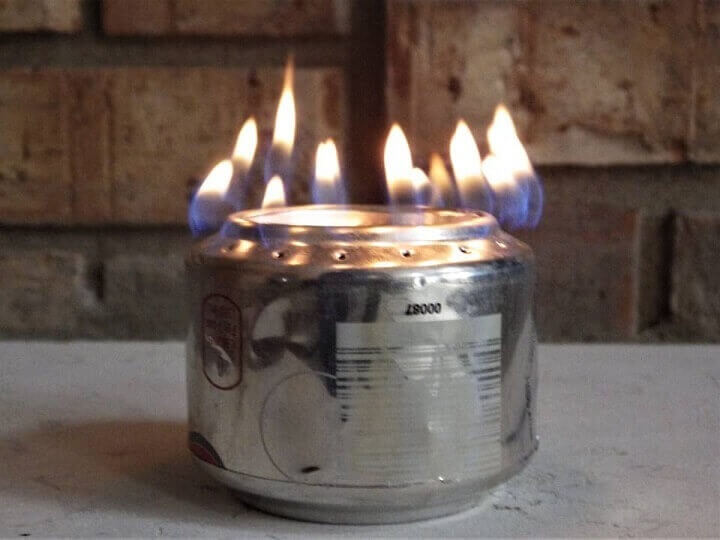
If you need more heat, you can make a few cans and cluster them or use them in succession to maintain the flames for a long-term recipe like a soup or stew.
Hobo Stove
This stove concept was actually improvised during the Depression when wandering and unemployed men were sometimes referred to as “Hobos.” As they traveled, they often found themselves living outdoors and had to improvise solutions to just about everything, including cooking.

It’s an easy stove to make using a metal coffee can or even a large soup can and a church key can opener. The top of the can is cut open with vents around the top and bottom, and a small fire is built in the can for frying.
What’s great about the coffee can is that the can itself serves as support for a pot or pan. A variation on the Hobo Stove is the wood/gas stove that’s also made from cans.
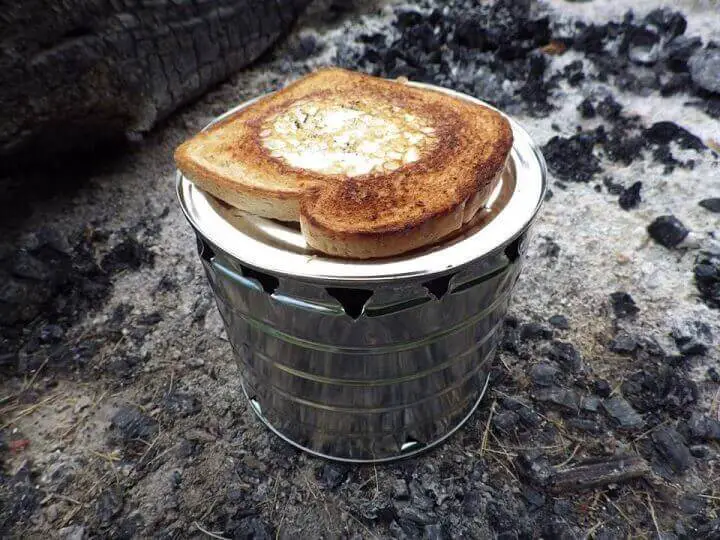
It can also be inverted so the opening is face down over a small fire, allowing the solid metal on the top to act as an improvised frying pan or griddle. A piece of bread with a circle cut in the center and an egg in the middle makes a fast breakfast while you think of other ways to cook.
Canadian Candle
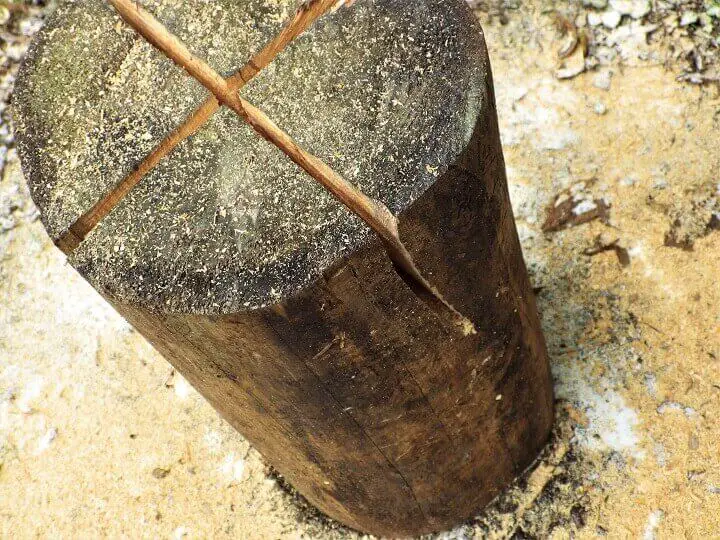
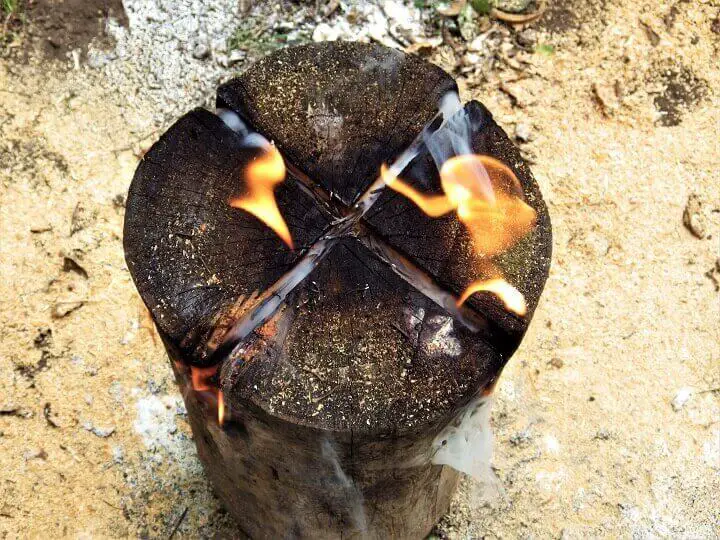
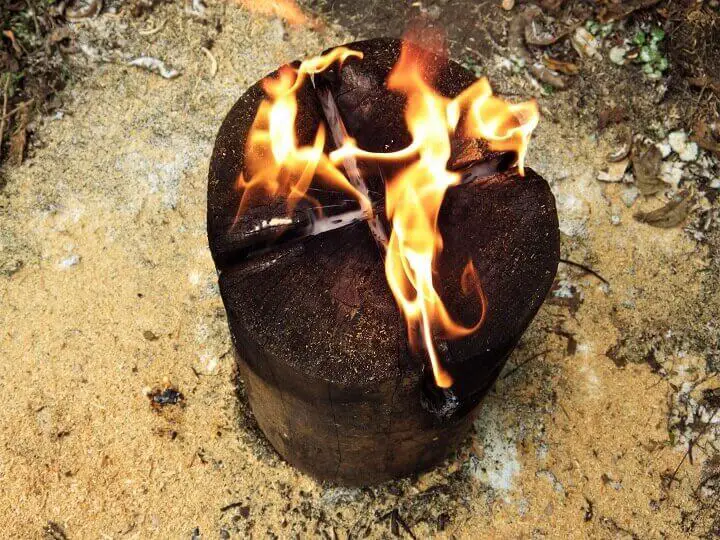
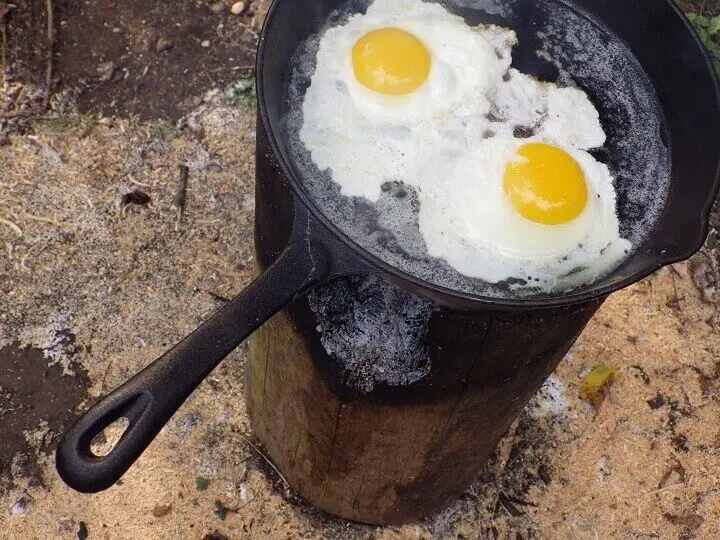
The Canadian Candle is a surprisingly effective way to cook outdoors. It demonstrates an interesting thermodynamic principle as the grooves cut into one end of a log work to reflect the heat of a fire back and forth to maintain a fire that will burn for hours.
Because the top of the log is flat, it’s a perfect surface for a pot or pan. In many Canadian lumber camps, a series of “Canadian” Candles were used as an improvised kitchen to cook and feed the entire lumberjack crew. It assumes you have some good sized logs available, and a chainsaw makes cutting the grooves easier, but even a hand saw can work in a pinch.
Off-the-Wall Off-Grid Cooking
There’s a cooking technique that doesn’t use heat. It uses chemicals. Citric acid, to be exact. The citric acid in lemons, limes, and even oranges can be used to chemically cook seafood. The recipe is commonly referred to as “Ceviche.” Here’s the science behind this very unique approach:
Though it is never “cooked” in the traditional sense, ceviche goes through a chemical process that effectively rearranges the fish’s proteins, much like the application of heat. Both heat and citric acid are agents of a chemical process called denaturation. In this process, citric acid changes the proteins in the fish which alters its chemical and physical properties. When fish is submerged in citrus juices, it turns the flesh firm and opaque, as if it had been cooked with heat.
And yes, it’s safe to eat, just like cooked seafood. Of course, it assumes you have a good supply of lemon and limes on hand, but you can use the bottled lemon and lime juices and get the same result. It’s not cooking in the traditional sense, but if you have no other options, it’s worth noting.
Off-Grid Cooking Tips and Tricks
There are plenty of good books about off-grid cooking and more than a few articles. What you’re basically doing is pioneer cooking. If you think about basic pioneer cooking styles, certain types of recipes and approaches become apparent:
Stewing
Stewing was a very common cooking style because it didn’t require a lot of attention, and a variety of vegetables and meats could easily be added to make a stew that had good nutrients, good flavor, and tender ingredients.
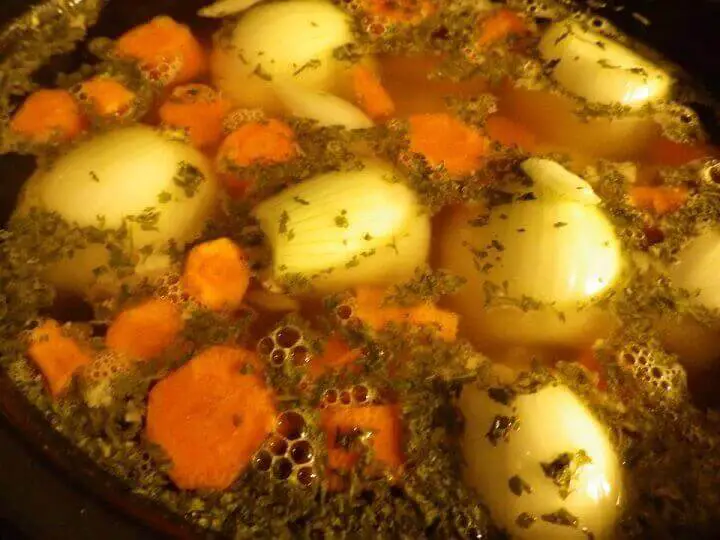
Another benefit of stewing is that some off-grid cooking methods have low heat levels. That means that anything cooked is going to take time, and time is what stewing is all about.
Skillagalee was a classic recipe that stewed for days over a slow fire. As time went on, numerous and varying ingredients were added to keep the stew going and evolve the flavors and nutrients. It was a great way to make a good meal out of what were at times scavenged or foraged ingredients.
Roasting
Roasting was another common cooking style with whole ducks, turkeys, fish, or large cuts of meat cooked over an open fire on an improvised grill or spit.

The spit kept the meat far enough away from the fire to prevent it from burning, but in an area of constant heat. Occasionally, the spit was turned to expose different sides of the meat to the fire, or the meat or fish was simply flipped to the other side.
Unlike stewing, roasting requires some regular attention, but a bed of coals rather than an open fire will help to make the roasting somewhat maintenance free.
A modern roasting setup in a kettle grill involves the use of a water pan bordered by two rows of charcoal or hot coals.
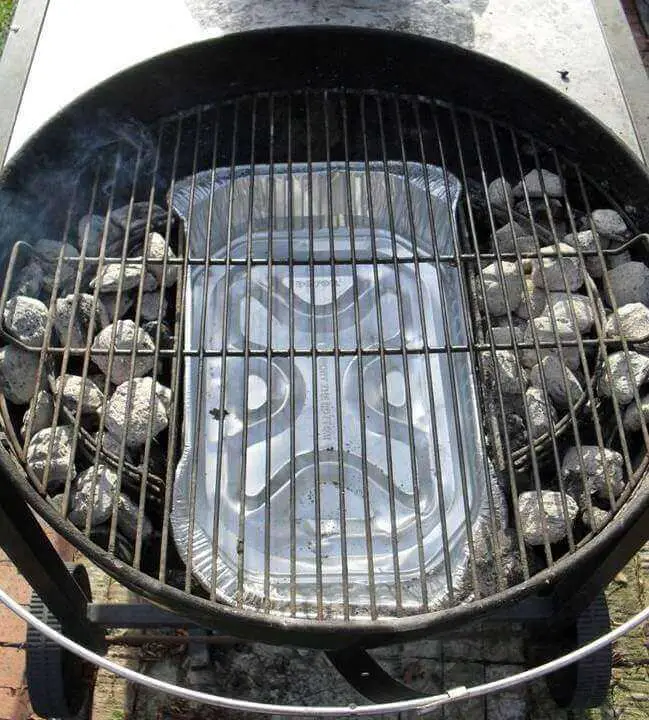
This is a very forgiving roasting environment, although the charcoal or coals need to be replenished from time to time if the food being roasted is large like a turkey.
Boiling
Boiling was another cooking style, but it was often done on a bigger level. Fish boils are a good example when a large pot of salted water was brought to a rolling boil.
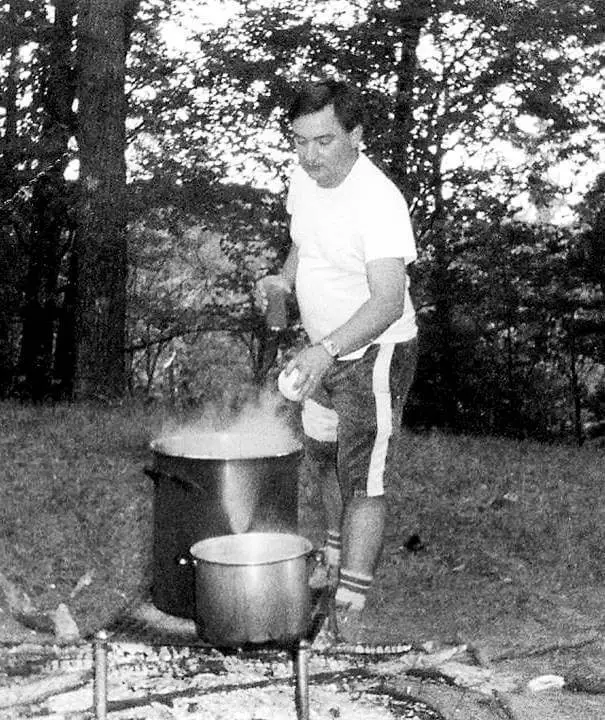
Whole potatoes were tossed in the pot and 10 minutes later, whole onions joined the boil. 10 minutes again and chunks of fish (usually whitefish) were tossed in the pot, and 10 minutes later it was done.
The whole meal took 30 minutes to make and it provided protein from the fish along with carbs and nutrients from the potatoes and the onions.
One final flourish was usually added, and that was a cup of kerosene thrown on the fire to cause the water to boil over, rinsing out the fish oils and extinguishing the fire.

And boils didn’t stop with fish. Corn boils, crab boils, crawfish boils, and for lucky coastal cooks—lobster boils were all common recipes and meals using nothing more than a large pot of boiling water.
Dutch Oven
Dutch Oven Baking was the only baking solution for many trail and chuck wagon cooks.
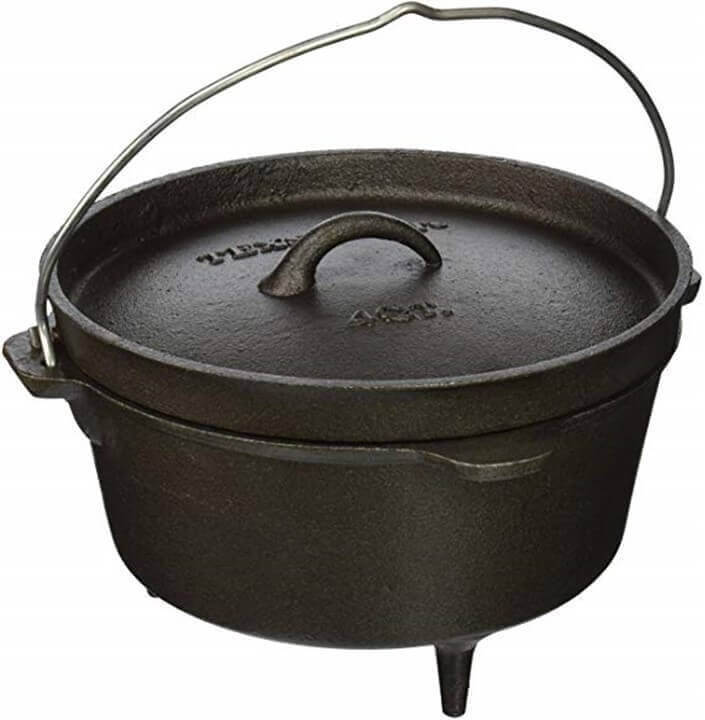
You can essentially bake anything in a Dutch oven that you would bake in a conventional oven. A lot depends on the size of the Dutch oven, but if the food will fit, it will bake.
Breads were common as well as biscuits, pies, pasties and anything else a trail cook wanted to bake with a steady and controlled temperature.

Cooking in Leaves
Cooking in leaves was another common cooking practice in pioneer cultures worldwide.

If a pot, pan or utensil wasn’t available, the leaves took their place to protect the food from burning before it was done. It was also a great way to combine ingredients in a package that also served as a plate.
Smoking Foods
Smoking foods is another easy and passive way to cook off-grid. Our pioneer ancestors used dedicated smokehouses where they had meats and fish smoking on a regular basis.
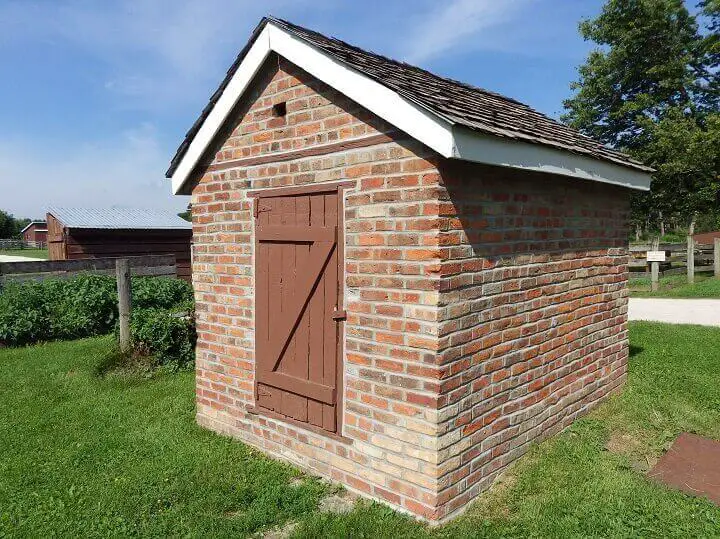
That’s far too ambitious for most of us, but smoking meats, fish, and fruits is easily done on a kettle grill or a smoker built out of branches and canvas. Even a gas grill can be used for smoking with wood chips in a foil pan over one side of the burners.
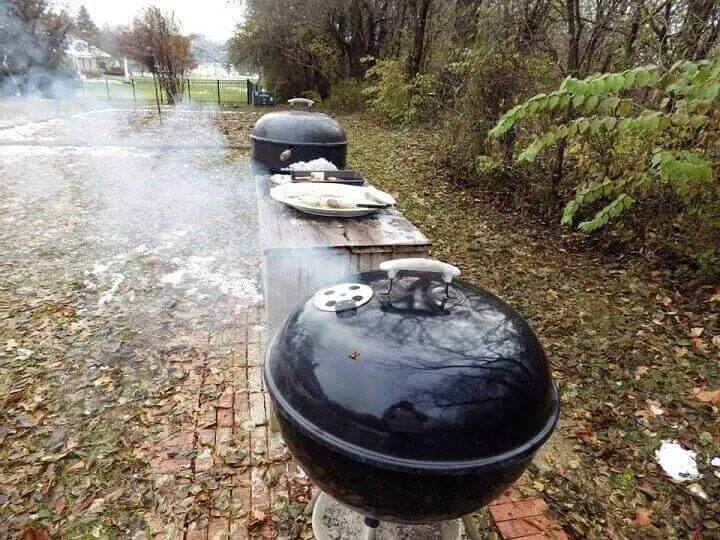
There are also dedicated smoker setups, whether it be a bullet smoker or drum smoker built from a 55-gallon barrel.
What’s usually critical before smoking any meat or seafood is a preliminary bringing step. Many recipes describe the ingredients and proportions, although it’s usually a cup of salt to a gallon of water to make the brine.
Frying
Frying seems obvious, but it was the fastest and easiest way for anyone to cook off-grid in the past, present, or future.
Cast iron is the best utensil along with your fat or oil of choice. The benefit of frying is that it’s fast, and just about anything can be fried. Cast iron is durable in any kind of cooking environment, and the thick iron evenly distributes the heat and can actually help prevent food from burning—within limits.

Off-Grid Cooking Equipment
There’s certain equipment that works better with more rustic cooking styles, although some of this equipment will always have a place in any kitchen.
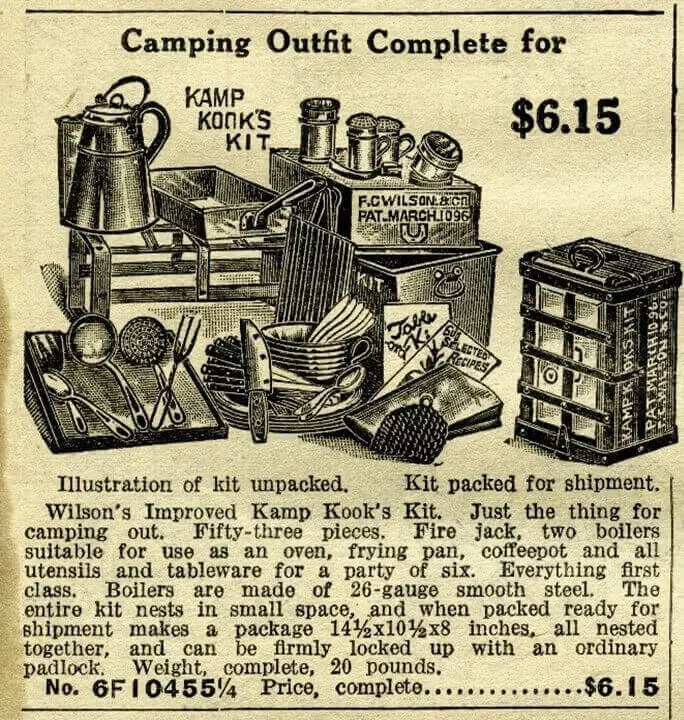
We mentioned cast iron, and it continues to be the hero of off-grid cooking, but its common use in everyday kitchens makes it a good set of cookware to always have in the cabinet.

Because the entire utensil is solid iron, it can survive the high heat of open fires and other heat sources that are sometimes hard to manage and can damage parts of a conventional pot or pan—especially the handles.
Another cast iron hero of off-grid cooking is the Dutch oven. The ability to place a Dutch Oven over coals with a bed of coals on top creates a cast iron oven for baking, and its heat tolerance and retention makes it ideal for soups and stews. It can also be used for roasting meats.
If you use an outdoor open fire for any kind of cooking, you should also think about a grate that can be rotated on and away from the fire. A stake in the ground supports the grates.

Temperatures when cooking off-grid are going to be a constant question. The easiest solution are thermometers that can either be inserted into meat or placed into an enclosed space to give you an idea of average temperature.

Aluminum foil is a very good idea for any off-grid cooking. Even if you don’t have a single piece of cooking equipment, you can improvise just about any cooking utensil from aluminum foil. The heavy duty foil is best. It’s good around the kitchen anytime, so it’s worth buying an extra roll… or two… or three.

Outdoor cooking utensils will make things a whole lot easier and safer. Rustic cooking styles often have hot fires, smoldering coals, and hot metal surfaces. The usual collection includes long-handled tongs, fork, spoon, ladle, spatula and knife. You can easily buy these anywhere from the dollar store to online.
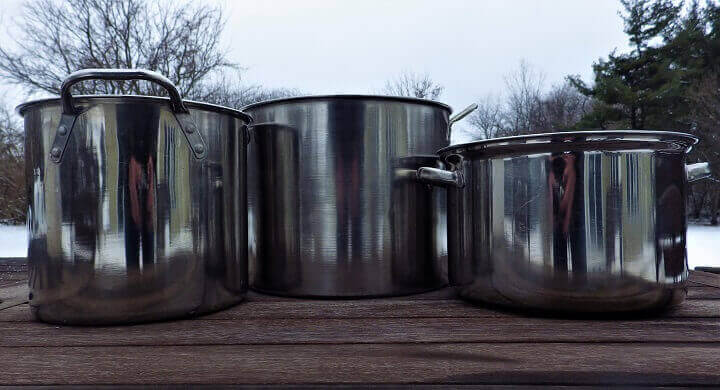
Large stainless steel pots with lids are another excellent option for soups, stews, and slow cooking tough cuts of meat. Stainless steel is better than aluminum, especially for long low and slow cooking.
Be Ready With More Than One Alternative
It’s easy to get a bit complacent and assume that your backyard grill will get your through the worst. That may be true, but as fuels of all types become more expensive and hard to find, you may wish you had given some thought to alternatives.
Here are some simple ways to make sure you always have a way to keep things cooking:
- Don't throw away those old metal coffee cans. Find another use for them in the garage, and someday you can make an easy and fast Hobo Stove. You can burn just about anything in a Hobo stove, and it can work in a variety of outside locations around the house, yard, and on the road.
- Remember the Mylar blankets. They can make a very effective solar oven with very little work and materials. In fact, it might be fun to make one with the kids just to get the hang of how the things work.
- Make some charcoal. It’s easy, and if you have any supply of wood in your area, you can keep that kettle grill burning.
- Save a few soda cans. Recycling is a good thing, but hold on to a few soda cans and you can make some small stoves that not only let you cook just about anywhere, but actually keep you warm.
- Cook something in leaves. Dolmades are a classic Greek recipe using grape leaves, or wrap some rice and vegetables in corn husks and toss them on the grill. It’s fun to eat out of a corn husk, and you’ll be surprised how well they work for cooking. As a side note, it’s a good idea to think about all of the ways you can cook without gear.
- Stock up on cast iron. It’s great cookware for everyday use, relatively inexpensive, and perfect for off-grid cooking. And don’t forget that Dutch Oven.
- Stock up even more on aluminum foil. If you can’t cook it in leaves and have no other utensils, aluminum foil can be shaped, molded, and used for every style of cooking. It’s also very portable, and you can save pieces you’ve used for later use. Now that’s recycling.
As usual, we all hope it never comes to this, but if you’re preparing for any other possibility it makes sense to think about how you’re going to cook all of that food you have in storage.
Like this post? Don't Forget to Pin It On Pinterest!

